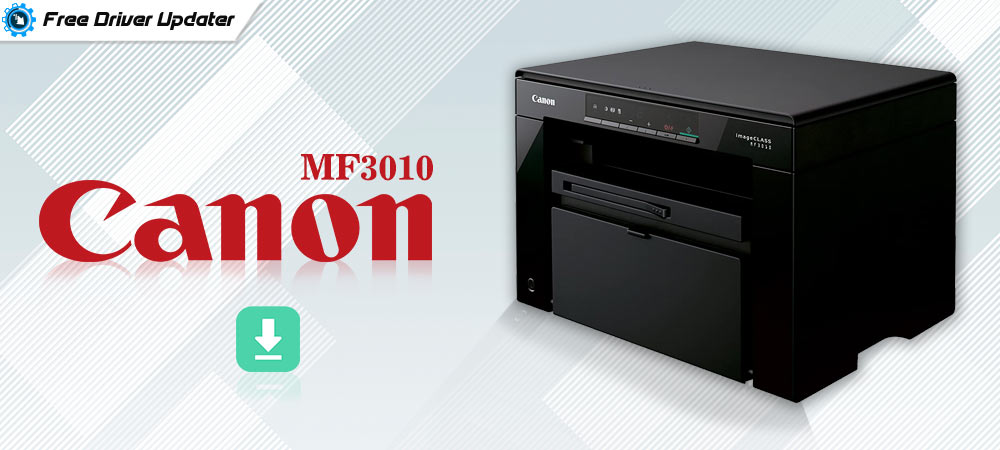
Today, we have come up with a PCI data acquisition and signal processing controller driver download guide to help you get up-to-date driver software in no time. Read on to know more.
If you see a yellow exclamation mark next to PCI Data Acquisition and Signal Processing Controller listed under the ‘Other devices’ category in the Device Manager, then you’re probably having some network connection problems on your Windows. A number of affected users reported on various online forums that the problem usually occurs when the network or chipset driver is not properly installed on Windows. If you’re also troubled by the same problem, don’t panic as it’s not very hard to resolve.
Whenever you see an exclamation point (!) on a yellow triangle next to one of your PCI devices in the Device Manager, you should update and install an appropriate device driver for your PC.
The following guide will show you how to download the correct chipset PCI data acquisition and signal processing controller driver and install it effortlessly.
Recommended Method for PCI Data Acquisition and Signal Processing Controller Driver Free Download
An outdated or mismatched device driver is the main culprit behind the PCI Data Acquisition and Signal Processing Controller missing in Windows 10 problem. In order to resolve it in a jiffy, we recommend you to update its driver by using a dedicated program such as Bit Driver Updater. With this easy-to-use utility, you can update the troublesome drivers automatically in just one click.
How to Download PCI Data Acquisition and Signal Processing Controller Driver for Windows 10
To get rid of the PCI Data Acquisition and Signal Processing Controller missing error, you can simply try updating its driver with one of the methods listed below.
Method 1: Manually Update PCI Data Acquisition and Signal Processing Controller Driver
You can use the Windows built-in Device Manager application to manually update, download, and install the available driver updates for your operating system. Here are the simple steps you need to follow to do it.
- Press the Windows logo key and R key simultaneously on your keyboard to open the Run command box.
- In the Run dialog box, type “devmgmt.msc” and click the OK button (Or hit the Enter key).

- After Device Manager opens, click on the “Other devices” category to see the names of devices listed under it.
- Locate and right-click on the “PCI Data Acquisition and Signal Processing Controller” and then select the “Update Driver Software” option from the menu that appears.

- On the subsequent screen, click on the “Search automatically for updated driver software” option.
- Now, Microsoft Windows OS will find and install the available driver update for your PCI device.
- Lastly, reboot your computer to apply the changes.
Also Read: Microsoft USB Drivers Download and Update for Windows 10,8,7
Method 2: Automatically Update PCI Data Acquisition and Signal Processing Controller Driver (Recommended)
As said above, the quickest and safest method to perform PCI data acquisition and signal processing controller driver download and update is through Bit Driver Updater. The software automatically scans the entire computer and helps users download the latest WHQL certified drivers within a few moments. Below is how to use this tool.
- Download and install the Bit Driver Updater application on your system by clicking on the button provided below.

- Launch the application and click the “Scan Drivers” option available on the home screen.
- Once scan results appear on your screen, click the “Update Now” button located next to the PCI Data Acquisition and Signal Processing Controller.

Also Read: How to Update Network Adapter Drivers on Windows 10, 8, 7
PCI Data Acquisition and Signal Processing Controller Driver Download: Final Words
It is advised to download the PCI data acquisition and signal processing controller driver for Windows 10 and update it whenever you come across a giant yellow exclamation mark next to it in the Device Manager. To do so, you can use any of the aforementioned methods. If you have any further questions or feedback, please feel free to leave comments below. Furthermore, if you want to read more such informative guides, then subscribe to our newsletter.





